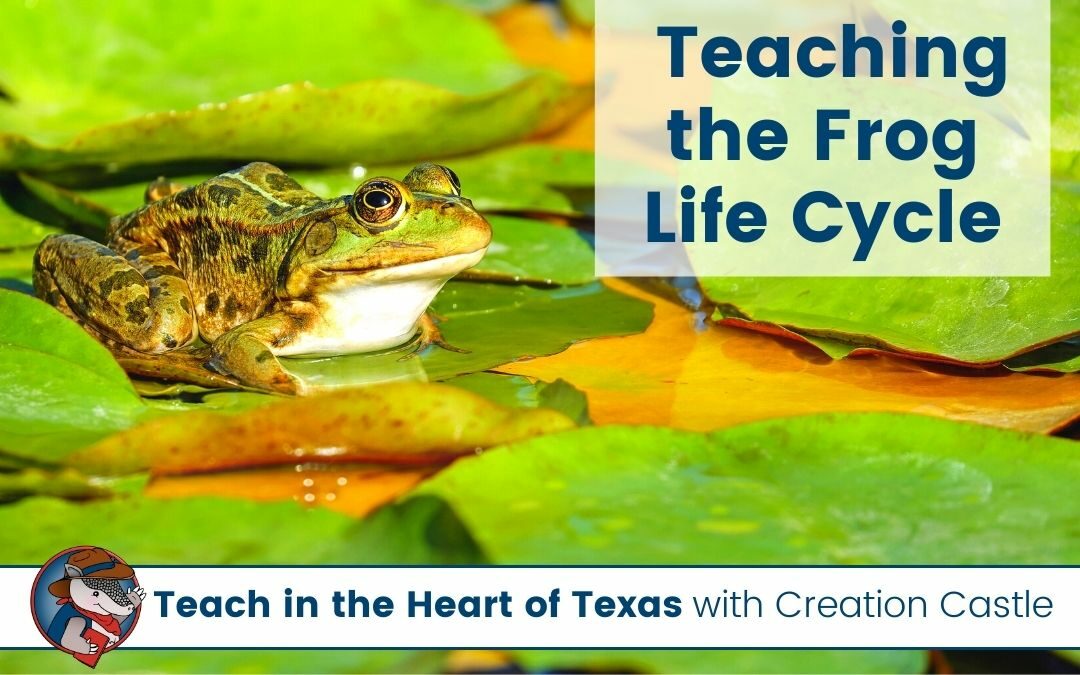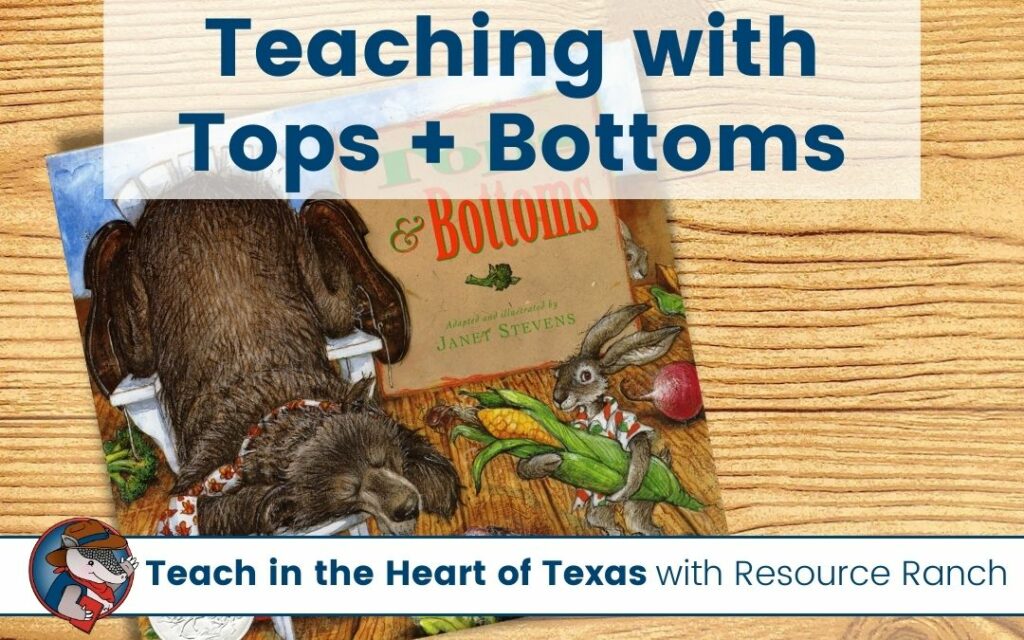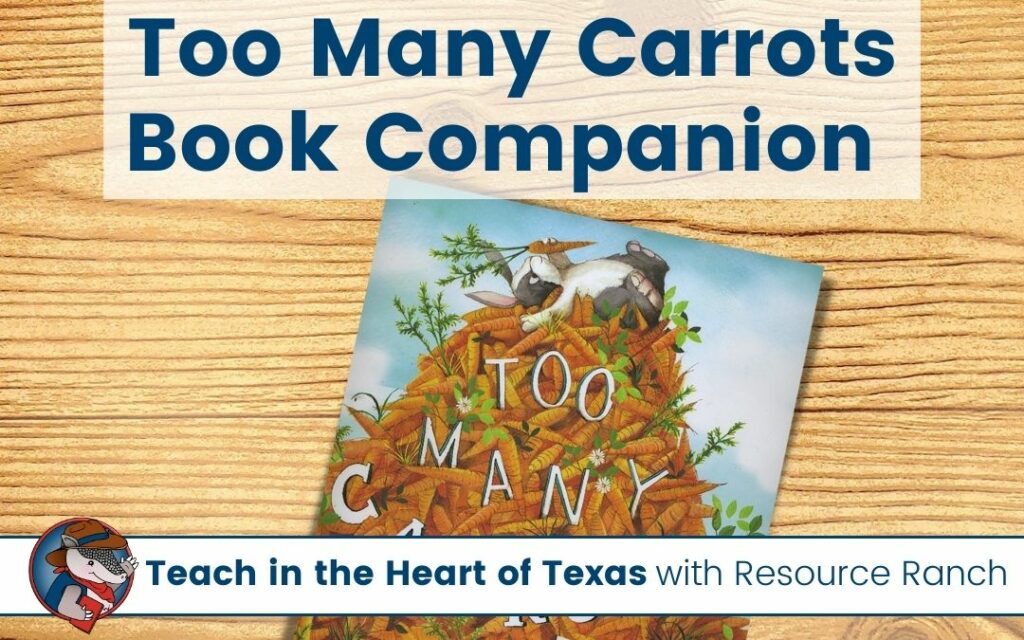Teaching first graders about the fascinating life cycle of the frog can be a fun and interactive way to get them excited about science!
Quick Links
Introducing the Life Cycle of a Frog
To begin, you can start by having the students observe some live frogs and discuss their physical characteristics. You can do this with an actual frog or just pull up some videos for students to watch.
Then you can read some picture books to familiarize students with the frog life cycle. Trade books are great conversation starters for new topics and often help students make connections in their own lives to the content.
Here are a few books to look for at your local library or pick up through Amazon.
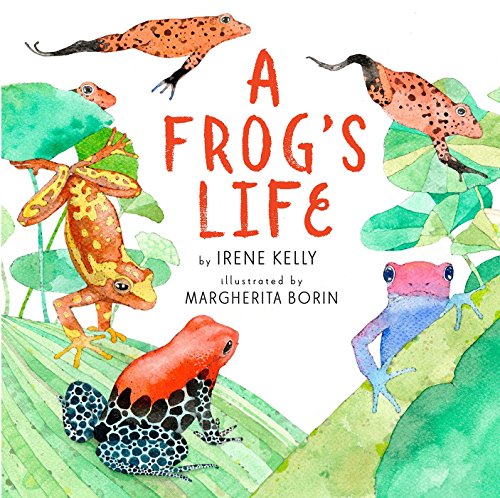
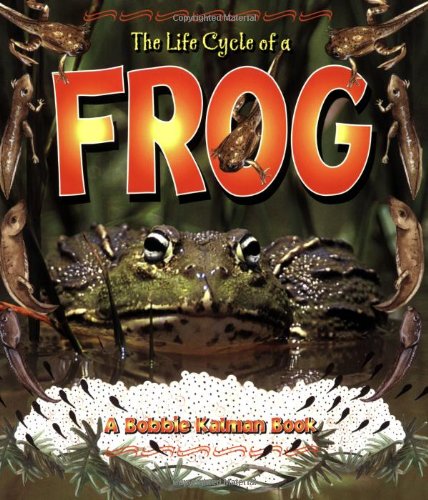
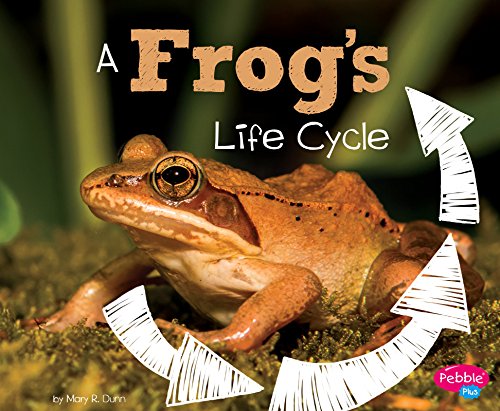
Frog Life Cycle Activities
After students have been introduced to the frog life cycle, work together to create a visual diagram that outlines the main stages of the life cycle, like egg, tadpole, froglet, and adult. As a fun activity to reinforce the concept, you can have the students create models of the frogs in each stage of the life cycle. You can also have them play a game where they take turns matching the stages of the cycle with their corresponding descriptions.
This is a great opportunity to pull some worksheets or for emergent readers for students to interact with. Consider looking for a labeling worksheet, cut and paste chart, sequencing worksheet, or even a short passage with comprehension questions. These types of activities allow you to have concrete evidence that your students are grasping the new concepts.
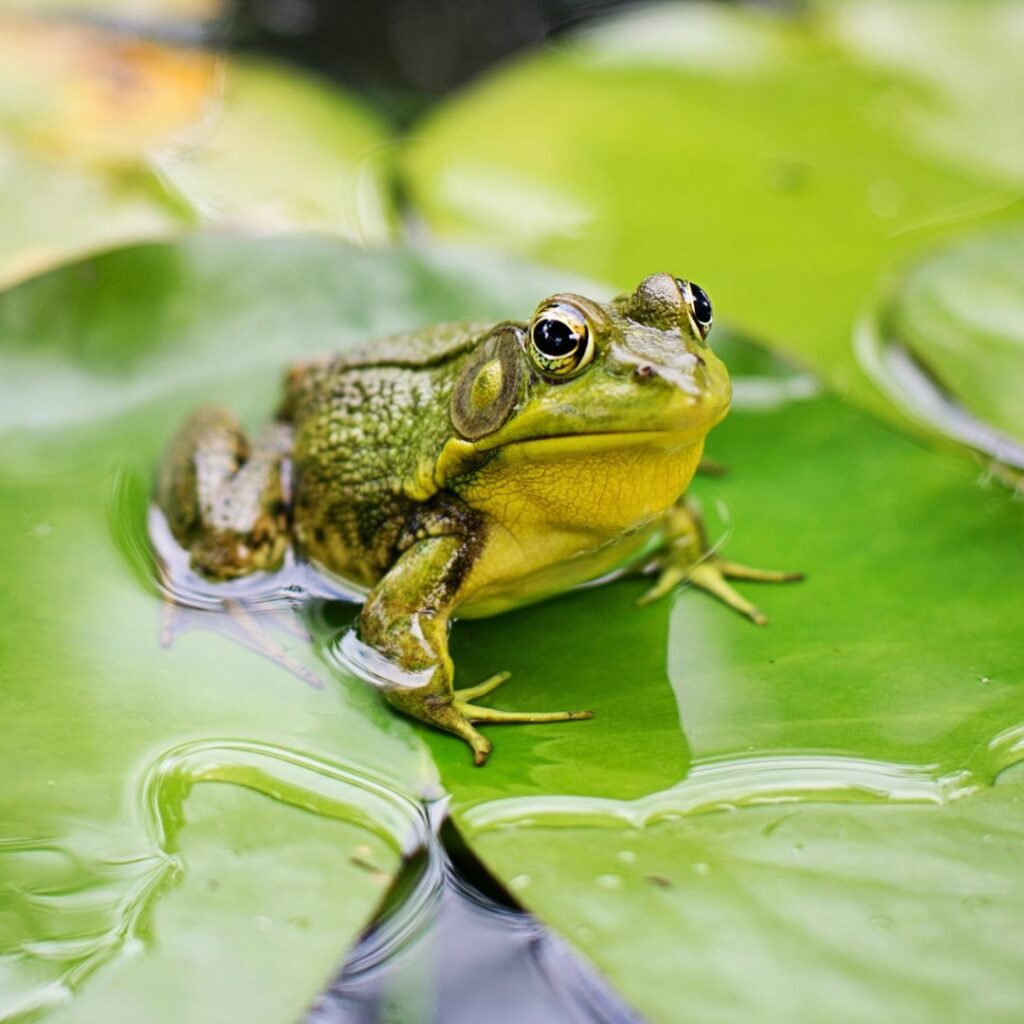
Conduct Simple Research
Did you know there are over 5,000 kinds of frogs? Scientists are continually discovering new species, which is just wild! But that means there is plenty of opportunity here for students to hone their research skills. You can assign different species of frogs to each student and have them record the frog’s unique characteristics. They can also create a frog craft or illustration to accompany their research.
Grow Tadpoles in Your Classroom
If you don’t mind dealing with some fishy things, you can even grow tadpoles in your classroom and observe them as they turn into frogs!
There are laws in some places prohibiting you from collecting wildlife, so be sure to check if this is okay in your local area first. Similar to caterpillars, there are kits you can purchase to grow your frogs, but it’s best if you can find some local to your area as you will need to release them when you are done observing them. You’ll want to look into the specifics of what type of water and food is needed for the tadpoles. As your tadpoles grow, they will also need a place to crawl out of the water, so keep that in mind!
If you’re not up to all that work (which I totally understand!) there are plenty of videos and books that your students can refer to learn about this life cycle. There is also a great Magic School Bus episode called “Hops Home” that discusses the habitat of frogs (ponds).

Creation Castle
Heather is the author of Creation Castle. She has experience with general education, special education, and ESL students in kindergarten through fifth grade. She specializes in early elementary math and literacy, as well as organization.

